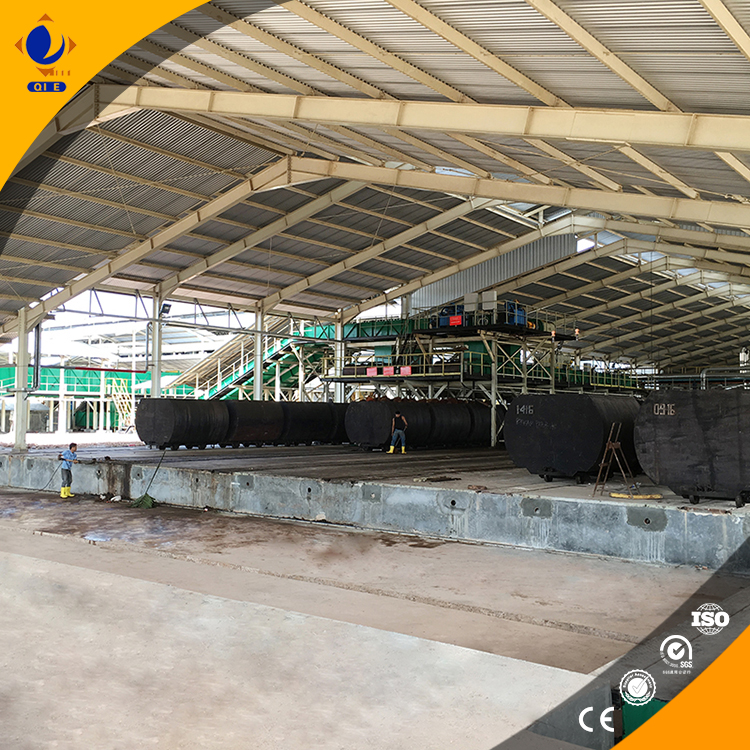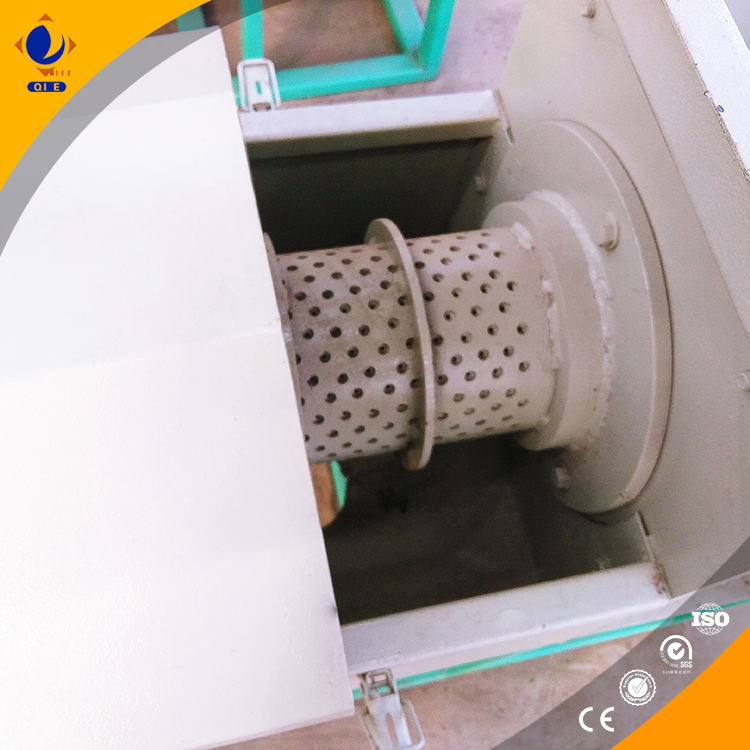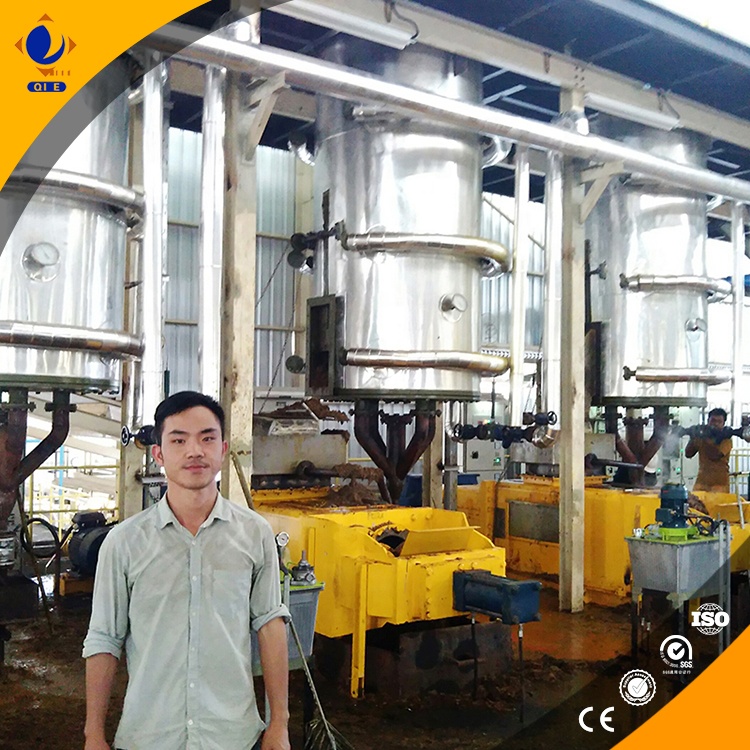
The process of soybean oil extraction using a soybean oil press involves several key steps. First, it starts with the pre - treatment stage. This includes cleaning the soybeans to remove any impurities such as dirt, stones, and other foreign matter. After cleaning, the soybeans may be dehulled, which helps in improving the quality of the oil and the protein content in the resulting bean cake. Then, the soybeans are crushed to increase the surface area for better oil extraction.

Once the pre - treatment is done, the soybeans are fed into the oil press. There are two main types of mechanical pressing methods: screw pressing and hydraulic pressing. Screw presses use a rotating screw mechanism to gradually increase the pressure on the soybeans, forcing the oil out. Hydraulic presses, on the other hand, use a hydraulic system to apply pressure in a more static and uniform way.
The oil that is initially pressed out contains some impurities and needs to go through a filtration system. The filtration process removes solid particles, gums, and other unwanted substances from the oil, resulting in a clear and high - quality product. Meanwhile, the remaining part after pressing forms the bean cake, which is rich in protein and can be used as animal feed or for other industrial purposes.
Several factors have a significant impact on the oil yield of a soybean oil press. One of the most important factors is the moisture content of the raw materials. If the moisture content is too high, the oil will be more difficult to separate from the soybeans, and the oil yield will decrease. On the other hand, if the moisture is too low, the soybeans may become too brittle, and the protein may be damaged. Generally, the optimal moisture content for soybeans before pressing is around 10% - 12%.

Pressing pressure also plays a crucial role. Higher pressure usually leads to higher oil yield, but it needs to be balanced with the protein retention. Excessive pressure may cause the protein in the bean cake to denature and lose its nutritional value. Temperature control is another key factor. Different pressing methods (cold - pressing and hot - pressing) have different temperature requirements. Cold - pressing is usually done at a lower temperature (below 60°C), which helps to retain more nutrients and flavor in the oil, but the oil yield may be lower. Hot - pressing, at a higher temperature (around 100 - 120°C), can increase the oil yield but may cause some protein loss.
To improve the efficiency of the soybean oil press, here is a practical operation checklist. Before starting the press, make sure to check the equipment for any damage or loose parts. Adjust the moisture, temperature, and pressure parameters according to the type of soybeans and the desired output. During the operation, monitor the oil flow and the quality of the bean cake regularly. After each use, clean the press thoroughly to prevent the accumulation of oil and debris, which can affect the performance of the machine.
Regular maintenance is also essential. Lubricate the moving parts of the press as recommended by the manufacturer. Check the filters regularly and replace them when they are clogged. By following these maintenance steps, the lifespan of the soybean oil press can be extended, and its performance can be maintained at a high level.
Let's take a look at a real - world example. A soybean oil processing factory in [Location] used to have an oil yield of about 30%. After optimizing the pressing process, including adjusting the moisture content of the soybeans to 11%, increasing the pressing pressure gradually, and controlling the temperature at around 110°C, the oil yield increased to 45%, a significant improvement of 15%. At the same time, the protein content in the bean cake was maintained at a high level, which increased the value of the by - product.

Q: How to judge the residual oil rate in the bean cake? A: The residual oil rate can be estimated by measuring the weight of the bean cake before and after extraction and calculating the difference in oil content. There are also some professional testing methods available in the market.
Q: What is the impact of different pressing methods on protein retention? A: Cold - pressing generally retains more protein because of the lower temperature, which reduces protein denaturation. Hot - pressing, although it can increase the oil yield, may cause some protein loss due to the higher temperature.
Are your pressing parameters up to the mark? If you want to learn more about optimizing the performance of your soybean oil press and achieving higher oil yields while retaining more protein in the bean cake, click here to learn more technical details.

